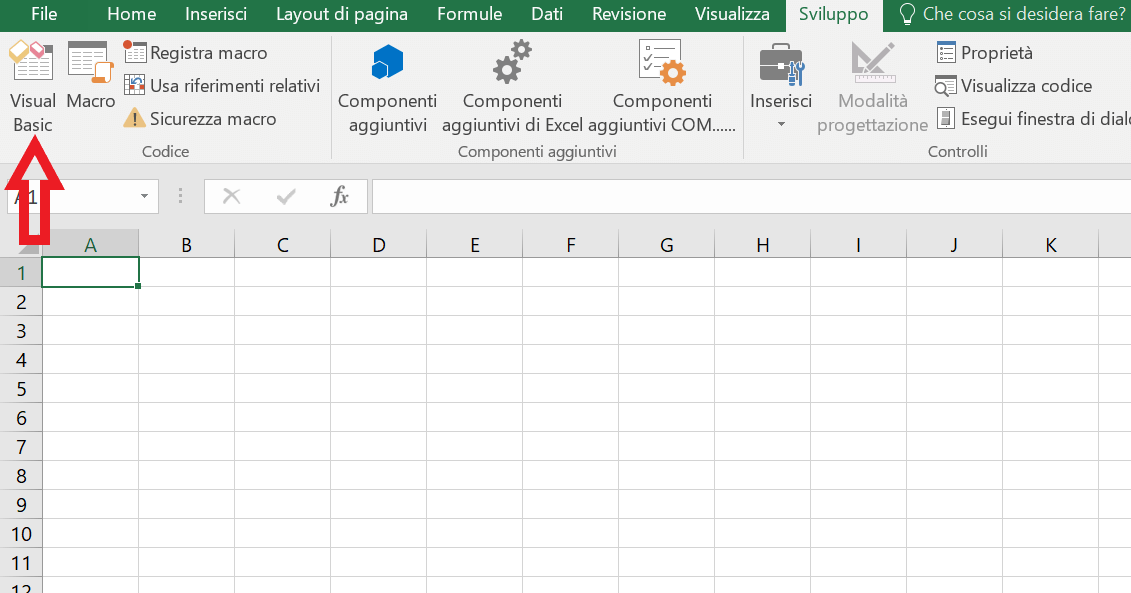
The R1C1 reference style doesn’t use any special character for the absolute references. The following table showing us some examples to demonstrate few basic differences between A1 and R1C1 references (Note: the active cell is C4 (or R4C3): A1 Reference Style R1C1 Reference Style Reference Type A1 RC Relative $A$1 R1C1 Absolute $A1 RC1 Absolute column and relative row A$1 R1C Absolute row and relative columnĪ1 reference style uses dollar sign $ for absolute cell references. RC refers to 1 row down and 1 column to the left of where the active cell is located (relative reference).RC refers to 1 row up and 1 column to the right of where the active cell is located (relative reference).R1C1 refers to a cell in row 1 and column 1 (absolute reference, which is $A$1 for A1 reference).R1C refers to the same column and row 1.


The column letters all change to numbers. The R1C1 uses R for row and C for column: The cell A1 is referred to as cell R1C1, cell A2 as R2C1, cell B1 as R1C2, cell B2 as R2C2 and so on. In R1C1 style, Excel use numbers 1,2,3 for both columns and rows. Along with A1 style references Excel also supports R1C1 reference style.


 0 kommentar(er)
0 kommentar(er)
